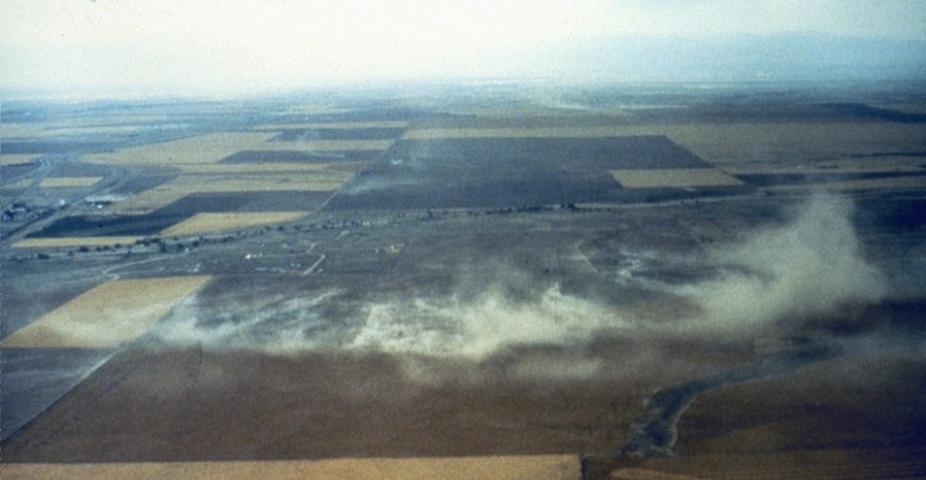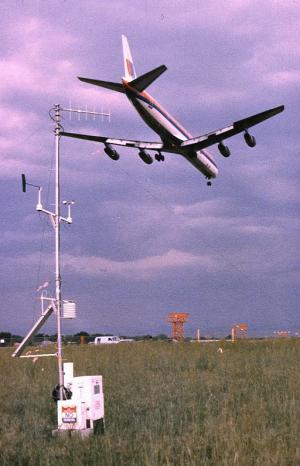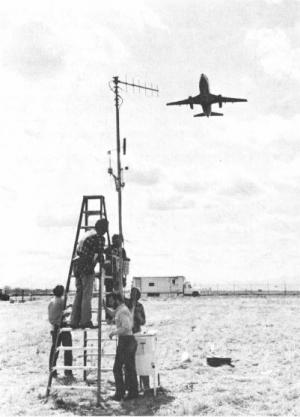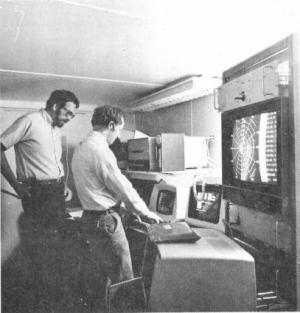Joint Airport Weather Studies Project (JAWS Historical)

In 1982, the FAA, NCAR and University of Chicago set out to prove or disprove the theory that microbursts existed and were a potential threat to aircraft. Microbursts can be lethal for a jet aircraft on takeoff or landing because of the extreme magnitude of the flows. Doppler radars, anemometers, and sounding systems were deployed in eastern Colorado to search for microbursts. The project was called the “Joint Airport Weather Studies Project (JAWS)”.
During the summer of 1982, approximately 99 microburst events were detected within 10 nm of Denver’s Stapleton Airport. Most of the microbursts were associated with high based cumulus clouds with little precipitation hitting the ground. These “dry” microbursts are the most hazardous because they provide few visual clues for pilots.
JAWS research resulted in scientific knowledge that led to the development of several windshear detection solutions.
After the JAWS project, the FAA and NASA pursued four primary research paths for addressing windshear:
- Anemometer based system (LLWAS)
- Terminal Doppler Weather Radar (TDWR)
- Airport Surveillance Radar (ASR) system
- On-board systems
Known Wind Shear Accidents
Takeoff:
1956 - BOAC 252/773 Kano, Nigeria (32 dead, 11 injured)
1975 - Continental 426 (B727) Denver (15 injured)
1977 - Continental 63 (B727) Tucson (0 injured)
1982 - Pan Am 759 New Orleans (152 dead, 9 injured)
1984 - United 663, Denver (airframe damage, no injuries)
2008 – Continental 1404, Denver (airframe destroyed, injuries)*
* Investigation pending, or windshear contributing factor
Landing:
1974 - Pan Am 806 Pago Pago (96 dead)
1975 - Eastern 66 (B727) JFK, New York (112 dead, 12 injured)
1976 - Royal Jordan 600 Doha, Qatar (45 dead, 15 injured)
1976 - Allegheny 121 Philadelphia (86 injured)
1985 - Delta 191 (L-1011) DFW Dallas (134 dead)
1989 - IL-62 Cuba, Santiago (169 dead)
1992 - (DC-10) Faro, Portugal (54 dead)
1994 - US Air, Charlotte (37 dead)
1999 – *American 1420, Little Rock, Arkansas (11 dead, 89 injured)
1999 – *China Air, Hong Kong (3 dead, 211 injuries)
* Windshear or crosswind shear contributing factor
How We Stopped Airplanes Falling From The Sky – Rita Roberts PDF file
Wind Shear Hazards to Aviation Operations: Wind Shear Program Background, Overview, and Alert Interpretation
Earth Observing Laboratory (EOL) JAWS website
AIRPORTS FAULTED ON WIND DETECTION
Special to the New York Times, Published: September 18, 1982
National Center for Atmospheric Research (NCAR)
University of Chicago
National Oceanic and Atmospheric Administration (NOAA)
Federal Aviation Administration (FAA)
National Aeronautics and Space Administration (NASA)


